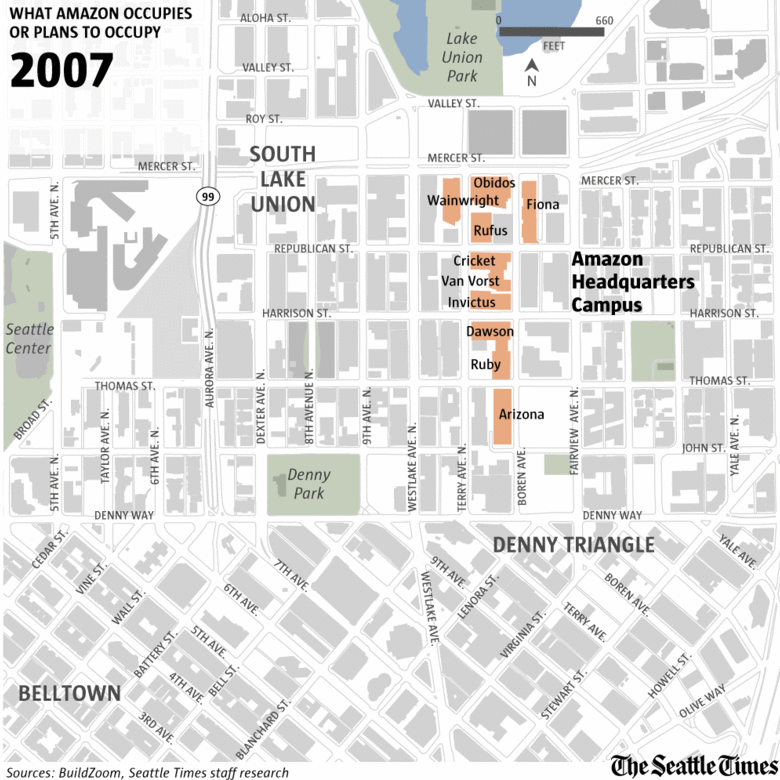Latest Post
22 July 2018
Amazon’s Culture of Discomfort
The unknown Leadership Principle.
It’s well known that Amazon gives every new employee a door as a desk on their first day. As Ben Horowitz says in The Hard Thing About Hard Things, this is a way to set the tone of the culture.
It reminds employees the tenants of the culture and breaks previous habits. It is a physical symbol of one of the Leadership Principles: Frugality.
He writes in the chapter of Programming Culture:
… when a shocked new employee asks why she must work on a makeshift desk constructed out of random Home Depot parts, the answer comes back with withering consistency: “We look for every opportunity to save money so that we can deliver the best products for the lowest cost.” If you don’t like sitting at a door, then you won’t last long at Amazon.
The door desk is very well known and for good reason. However there is a more fundamental part of their culture that has a larger influence but no one talks about.
The Moving Door Desk
Ask any Amazon employee that has worked there for more than a few years and they will be able to tell you the number of times they have moved their desk.
More than likely the number of times their door desk has been moved will be comparable to their tenure or in some cases close to the number of years they’ve worked there.
Amazon has grown so rapidly that it went from 11 buildings in 2007 to over 40 in late 2017. Below is a gif from that article to visualize the growth. It has also made Seattle the largest company town with 8.1 million square feet of office space which is more than the next 43 largest companies in Seattle.
Both articles were written by Mike Rosenberg.

Desks move for various reasons. It was common in AWS due to the rapid expansion of hiring for service teams. As teams grow, in order to keep organizations close to each other, it would be necessary to move them around to make space.
It seemed like a monthly struggle of resources of trying to get more space without engineers having to sit on top of each other. It often involved lots of coordination because it very quickly becomes a resource constraint problem as other teams would also be vying for more space.
It also was common for your desk to be moved when a team or product was moved into another organization or when a leader changed. Due to the urban campus, the odds were high that the new organization would be in another building.
To move an employee’s stuff, large orange crates would be given out and it was not uncommon for an employee to just leave their stuff in it for the next year rather than unpacking it because they knew it was only a matter of time until the next inevitable move.
I was there for 3.5 years and moved 3 times between buildings and 3 times within those buildings for a total of 6. These were mini-moves where I would move my desk across the floor or to another part of the team area. Although far easier of a move, it has a similar impact on the culture.
I used to keep my area decorated with nice pictures or things to occupy space on my desk but eventually stopped putting them back up after the first few moves.
Cultural Impact
Unlike the door desk, there is no Leadership Principle that matches it. Instead, it’s an unwritten rule of the culture that says: Don’t Get Comfortable.
Don’t get comfortable and stop improving the product or driving towards operational excellence. Don’t get comfortable and not obsess over what your customers want. Don’t get comfortable and not push your team and yourself to get better.
It’s a small overlooked part of the culture that I’d argue is more impactful than the door desk.